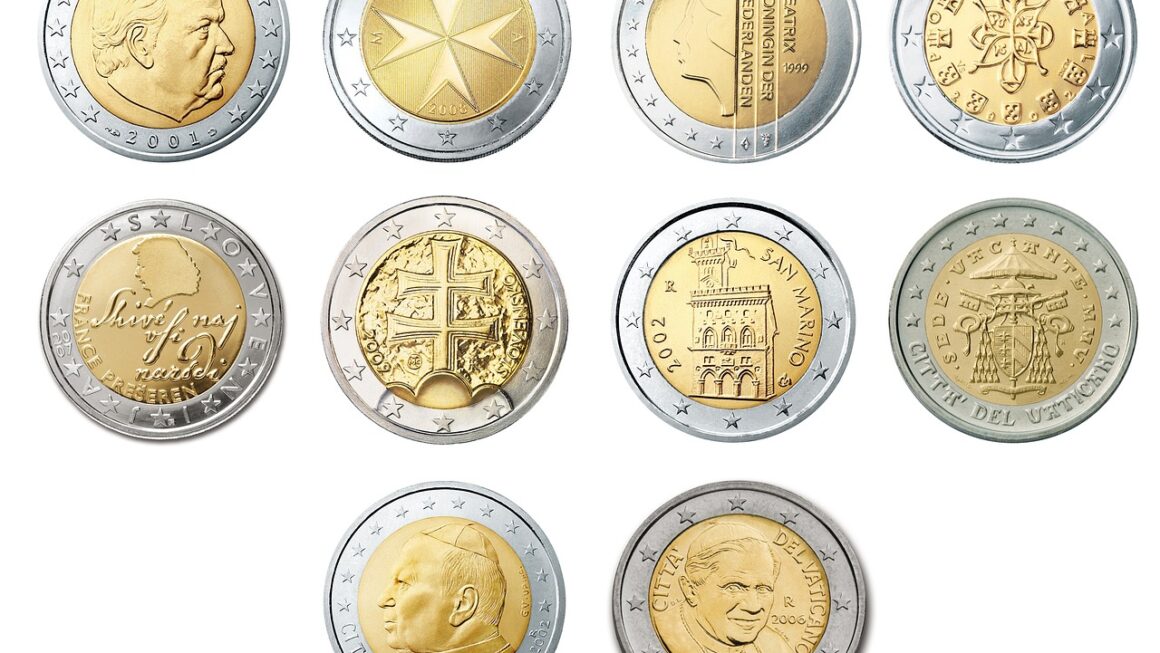Landing graphic design gigs can feel like navigating a complex maze. Whether you’re a seasoned professional or just starting, understanding the landscape, honing your skills, and crafting a compelling portfolio are crucial to success. This guide will walk you through the essential steps to find, secure, and thrive in the world of graphic design gigs.
Understanding the Graphic Design Gig Landscape
Identifying Your Niche
The graphic design field is vast. Instead of trying to be a jack-of-all-trades, specializing in a specific niche can significantly improve your chances of landing relevant gigs. Consider these popular areas:
- Logo Design: Creating unique and memorable logos for businesses. This often involves branding guidelines and style guides.
Example: A local bakery needs a logo that conveys “homemade,” “warm,” and “delicious.” You might design a logo featuring a wheat stalk integrated into a rolling pin.
- Web Design: Designing the visual aspects and user interface of websites. This may include wireframing, mockups, and user experience (UX) considerations.
Example: Designing a landing page for a SaaS product that highlights key features and encourages sign-ups.
- Print Design: Designing materials for print, such as brochures, posters, flyers, and business cards.
Example: Creating a visually appealing brochure for a real estate agency showcasing property listings.
- Social Media Graphics: Creating visually engaging content for social media platforms. This requires understanding current trends and platform-specific guidelines.
Example: Designing a series of Instagram posts for a fashion brand’s new collection launch.
- Illustration: Creating original artwork for various purposes, from book covers to website illustrations.
Example: Illustrating a children’s book or creating a set of custom icons for a website.
- Actionable Takeaway: Choose a niche that aligns with your skills and interests, then focus on developing expertise in that area.
Exploring Gig Platforms
Numerous platforms connect graphic designers with clients seeking their services. Each platform has its own pros and cons, so it’s important to research and choose the ones that best suit your needs.
- Freelance Marketplaces:
Upwork: A large platform with a wide range of projects and clients. Competitive bidding is common.
Fiverr: Allows designers to create “gigs” offering specific services at fixed prices.
Guru: Focuses on professional freelancers and offers features like SafePay for secure payments.
PeoplePerHour: Connects freelancers with businesses seeking hourly or project-based services.
- Job Boards:
Indeed: General job board with numerous freelance graphic design postings.
LinkedIn: Professional networking site with job postings and opportunities to connect with potential clients.
Dribbble: A platform for designers to showcase their work and find design-related jobs.
Behance: Another Adobe platform for showcasing work and connecting with potential clients.
- Specialized Platforms:
99designs: Focuses specifically on design contests, where clients choose their favorite design.
DesignCrowd: Similar to 99designs, offering design contests for various creative needs.
- Actionable Takeaway: Register on multiple platforms and tailor your profiles to highlight your skills and experience. Actively search for and apply to relevant gigs.
Building a Compelling Portfolio
Showcasing Your Best Work
Your portfolio is your most important marketing tool. It should showcase your best work and demonstrate your skills and expertise.
- Curate Your Best Projects: Only include projects that you are proud of and that demonstrate your capabilities.
- Variety is Key (to a Point): While focusing on your niche, show variety within that area. For example, if you specialize in logo design, showcase different styles of logos you’ve created.
- High-Quality Presentation: Ensure your portfolio is visually appealing and easy to navigate. Use professional photography or mockups to showcase your designs.
- Case Studies: For key projects, include case studies that explain the project goals, your process, and the results.
- Example: Instead of just displaying a logo you designed, include a brief explanation of the client’s brand, the design brief, and the thinking behind your design choices.
- Actionable Takeaway: Regularly update your portfolio with your latest and greatest work. Ensure it’s accessible online via a website, Behance, Dribbble, or other relevant platform.
Tailoring Your Portfolio
Customize your portfolio to align with the specific types of gigs you are targeting.
- Identify Your Target Audience: Understand what kind of clients you want to attract and tailor your portfolio to their needs.
- Highlight Relevant Projects: Prioritize projects that are similar to the types of gigs you are seeking.
- Use Keywords: Incorporate relevant keywords into your portfolio descriptions to improve search engine visibility.
- Seek Feedback: Ask fellow designers or potential clients for feedback on your portfolio and make adjustments accordingly.
- Actionable Takeaway: Analyze your target audience’s needs and tailor your portfolio to resonate with them.
Mastering the Art of Pitching
Crafting a Winning Proposal
A well-crafted proposal is crucial for landing graphic design gigs.
- Read the Brief Carefully: Thoroughly understand the client’s requirements and expectations.
- Personalize Your Proposal: Avoid generic templates. Address the client by name and demonstrate that you understand their needs.
- Highlight Relevant Experience: Emphasize your skills and experience that are directly relevant to the project.
- Showcase Your Value: Explain how your design solutions will help the client achieve their goals.
- Provide a Clear and Concise Quote: Offer a fair and competitive price for your services.
- Include a Call to Action: Encourage the client to contact you to discuss the project further.
- Example: “Dear [Client Name], I was excited to see your project seeking a logo for your bakery. I have experience designing logos that evoke a sense of warmth and trust…”
- Actionable Takeaway: Tailor each proposal to the specific project and client. Highlight your relevant skills and experience and provide a clear and compelling value proposition.
Following Up Effectively
Following up can significantly increase your chances of landing a gig.
- Send a Polite Reminder: If you haven’t heard back from the client within a reasonable timeframe (e.g., a week), send a polite reminder.
- Offer Additional Information: Provide additional information or examples of your work that might be relevant to the project.
- Be Persistent but Respectful: Don’t bombard the client with messages, but don’t give up too easily either.
- Actionable Takeaway: Set a reminder to follow up on proposals you’ve submitted. A polite and professional follow-up can make a difference.
Managing Gigs and Building Relationships
Communication is Key
Effective communication is essential for successful graphic design gigs.
- Respond Promptly: Respond to client inquiries and requests in a timely manner.
- Be Clear and Concise: Communicate your ideas and expectations clearly.
- Listen Actively: Pay attention to the client’s feedback and address their concerns.
- Provide Regular Updates: Keep the client informed of your progress and any potential challenges.
- Actionable Takeaway: Establish clear communication channels and maintain open and honest dialogue with your clients throughout the project.
Exceeding Expectations
Going above and beyond can lead to repeat business and referrals.
- Deliver High-Quality Work: Strive to create designs that meet or exceed the client’s expectations.
- Be Proactive: Offer suggestions or solutions that the client may not have considered.
- Provide Excellent Customer Service: Be responsive, helpful, and friendly.
- Seek Feedback: Ask for feedback on your work and use it to improve your skills and services.
- Actionable Takeaway:* Focus on providing exceptional value to your clients. Go the extra mile to exceed their expectations and build lasting relationships.
Conclusion
Finding graphic design gigs requires a strategic approach, a strong portfolio, and excellent communication skills. By understanding the gig landscape, building a compelling portfolio, mastering the art of pitching, and managing gigs effectively, you can increase your chances of success and build a thriving freelance career. Remember to stay persistent, adaptable, and always strive to improve your skills and services. Good luck!




